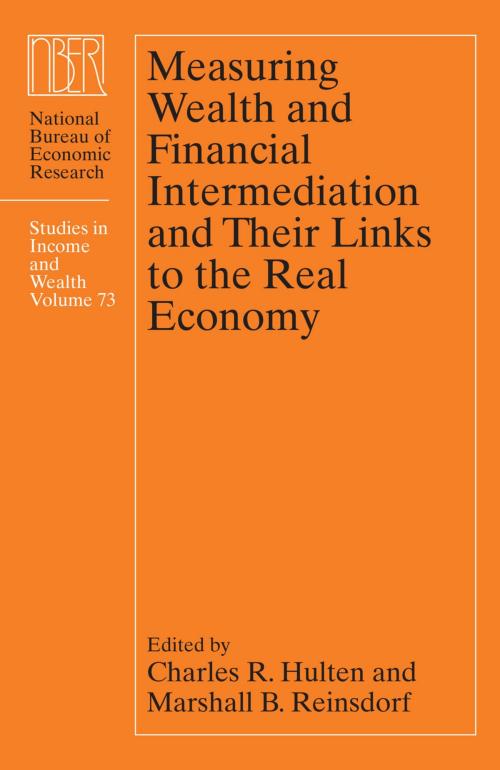Measuring Wealth and Financial Intermediation and Their Links to the Real Economy
Business & Finance, Economics, Macroeconomics, Theory of Economics| Author: | ISBN: | 9780226204437 | |
| Publisher: | University of Chicago Press | Publication: | February 4, 2015 |
| Imprint: | University of Chicago Press | Language: | English |
| Author: | |
| ISBN: | 9780226204437 |
| Publisher: | University of Chicago Press |
| Publication: | February 4, 2015 |
| Imprint: | University of Chicago Press |
| Language: | English |
More than half a decade has passed since the bursting of the housing bubble and the collapse of Lehman Brothers. In retrospect, what is surprising is that these events and their consequences came as such a surprise. What was it that prevented most of the world from recognizing the impending crisis and, looking ahead, what needs to be done to prevent something similar?
Measuring Wealth and Financial Intermediation and Their Links to the Real Economy identifies measurement problems associated with the financial crisis and improvements in measurement that may prevent future crises, taking account of the dynamism of the financial marketplace in which measures that once worked well become misleading. In addition to advances in measuring financial activity, the contributors also investigate the effects of the crisis on households and nonfinancial businesses. They show that households’ experiences varied greatly and some even experienced gains in wealth, while nonfinancial businesses’ lack of access to credit in the recession may have been a more important factor than the effects of policies stimulating demand.
More than half a decade has passed since the bursting of the housing bubble and the collapse of Lehman Brothers. In retrospect, what is surprising is that these events and their consequences came as such a surprise. What was it that prevented most of the world from recognizing the impending crisis and, looking ahead, what needs to be done to prevent something similar?
Measuring Wealth and Financial Intermediation and Their Links to the Real Economy identifies measurement problems associated with the financial crisis and improvements in measurement that may prevent future crises, taking account of the dynamism of the financial marketplace in which measures that once worked well become misleading. In addition to advances in measuring financial activity, the contributors also investigate the effects of the crisis on households and nonfinancial businesses. They show that households’ experiences varied greatly and some even experienced gains in wealth, while nonfinancial businesses’ lack of access to credit in the recession may have been a more important factor than the effects of policies stimulating demand.















